IDLES
I’ve been on an IDLES kick lately, completely obsessed with them. They feel like the band we need at this time.
Switzerland
It’s our 25th wedding anniversary this year so to celebrate we wanted to go on a big trip that involved an airplane and a passport. Late last year we settled on Switzerland, which seemed to check all the boxes for us. Big mountains, lakes, hiking – basically an amazing place with lots of natural beauty. Another huge bonus was the fact that we could do the entire trip without relying on an automobile, which is something I’m always interested in.
We flew into Zurich and then went right to Lucerne and spent a few days exploring the city, doing some mountain excursions in the area, and taking a boat trip on Lake Lucerne. Lucerne was probably the biggest surprise of the trip. I was expecting a sleepy little town, but instead found a pretty bustling urban center that was very cool. We both really enjoyed both the city and all of the mountains in the surrounding area.
After Lucerne we went to the Bernese Oberland area for a few days, staying at both Grindelwald and Wengen. We did some amazing mountain excursions and hiking as well as a nice boat trip to Brienz. Wengen had a really cool vibe. It’s car-free and nestled at the foot of the Jungfrau. It’s very quiet and peaceful and was something different from the busier, but still amazing, Grindelwald.
We left Wengen and headed south to Zermatt for a couple days. We were lucky enough to have a really great weather where we could explore the mountains and capture some amazing views of the Matterhorn. Zermatt is also car-free, but was quite busy. There were lots of people there hiking and doing mountain adventures so it had a great energy around the city. It seems like the entire town is made up of hotels, restaurants, and shops so it feels like one huge resort.
We took the Glacier Express train from Zermatt to St. Moritz, which was a neat experience. We got to see so many different areas of the country on the eight hour ride. We got off that train at St. Moritz and made our way back to Zurich. We spent a night there and flew out the next day.
I had such an amazing time and think it was one of the top trips we’ve done. I loved every place we visited and had so much fun navigating around the country using the Swiss public transportation system. The places we went and the views we saw were some of the most stunning I’ve ever seen in my life. The Alps are magical. Many of the places we visited literally took my breath away and I was just in awe of how big and grand the views were. Seriously hard to describe how great it is. I was fully expecting most of the hillsides to be brown since it was basically fall, but that wasn’t the case at all. Everything was lush green and the forests we walked through were like rain forests in many places.
I love being in places that feel “international” and Switzerland definitely made that impression on me. I’m guessing that’s mostly due to it being a really popular European tourist destination and is probably something you’d experience in other touristy areas in Europe. Still, I loved seeing all of the different people and hearing all of the different spoken languages as you walked down the street or just paid attention on the bus or train.
I’m really proud that we were able to put together a trip from scratch and it worked out. Better than worked out, I guess. It was amazing. There were a couple points early in the planning where we were overwhelmed and were like, “Let’s just go on a tour.” But we didn’t. We did the research and put together something we thought would be great and it was.
All in all, I’m just so thankful that we were able to take such an awesome trip. We’re celebrating our 50 year birthdays as well as our 25th wedding anniversary this year and I feel like the trip was a special one that matched a big year in our lives. I think it will also give us the confidence to plan more international travel in the years to come.
I’ve got a zillion photos and videos from the trip so it’s difficult to pick just a few. But here’s an attempt to capture some of what we saw.
 View up at the summit of Fronalpstock (accessible via chairlift from Stoos)
View up at the summit of Fronalpstock (accessible via chairlift from Stoos)
 The Chapel bridge in Lucerne
The Chapel bridge in Lucerne
 View from Mount Pilatus
View from Mount Pilatus
 On Lake Lucerne heading to Mount Rigi
On Lake Lucerne heading to Mount Rigi
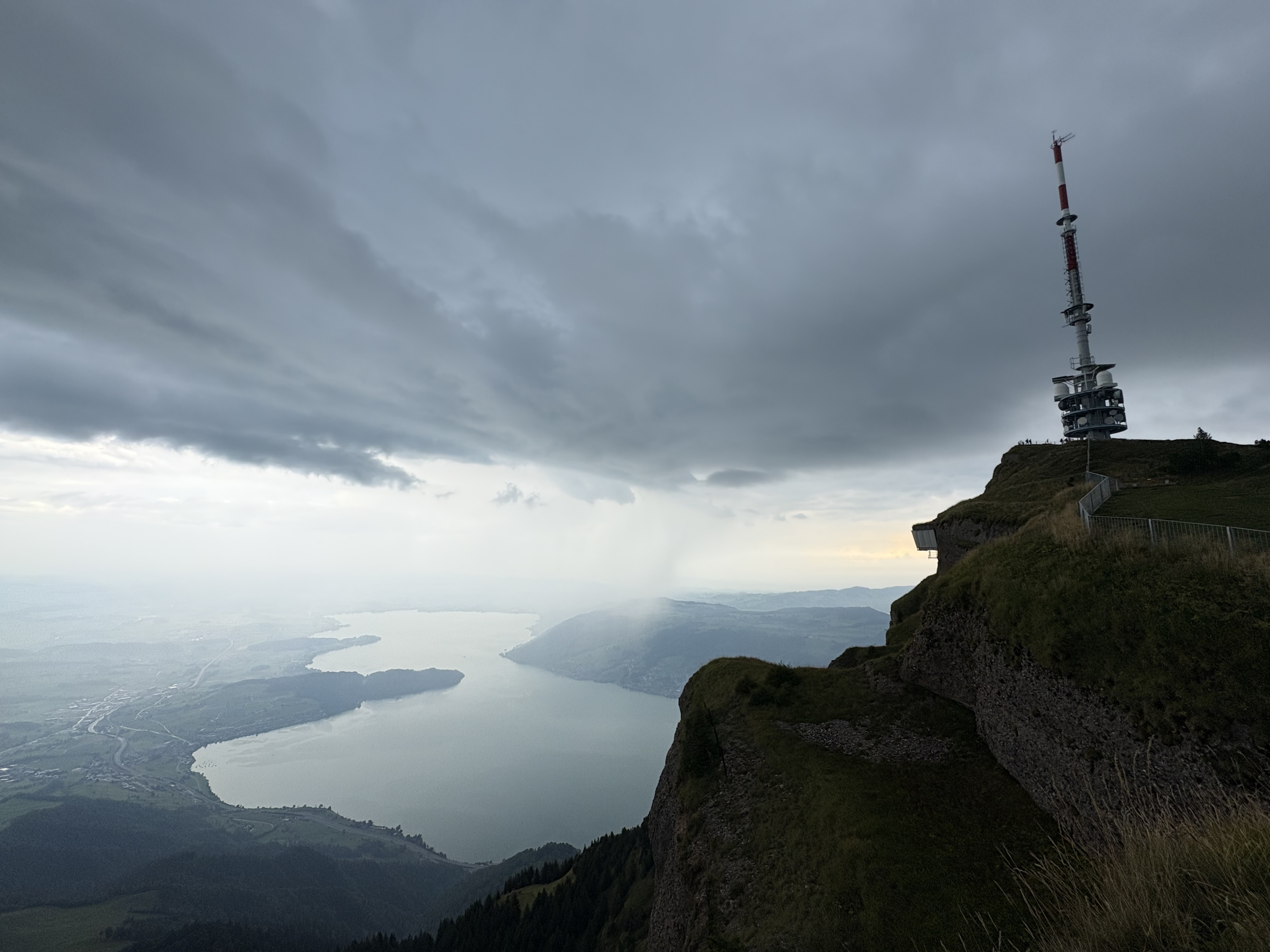 Storm coming on Mount Rigi
Storm coming on Mount Rigi
 Lucerne train station
Lucerne train station
 The Lion Monument (Lucerne)
The Lion Monument (Lucerne)
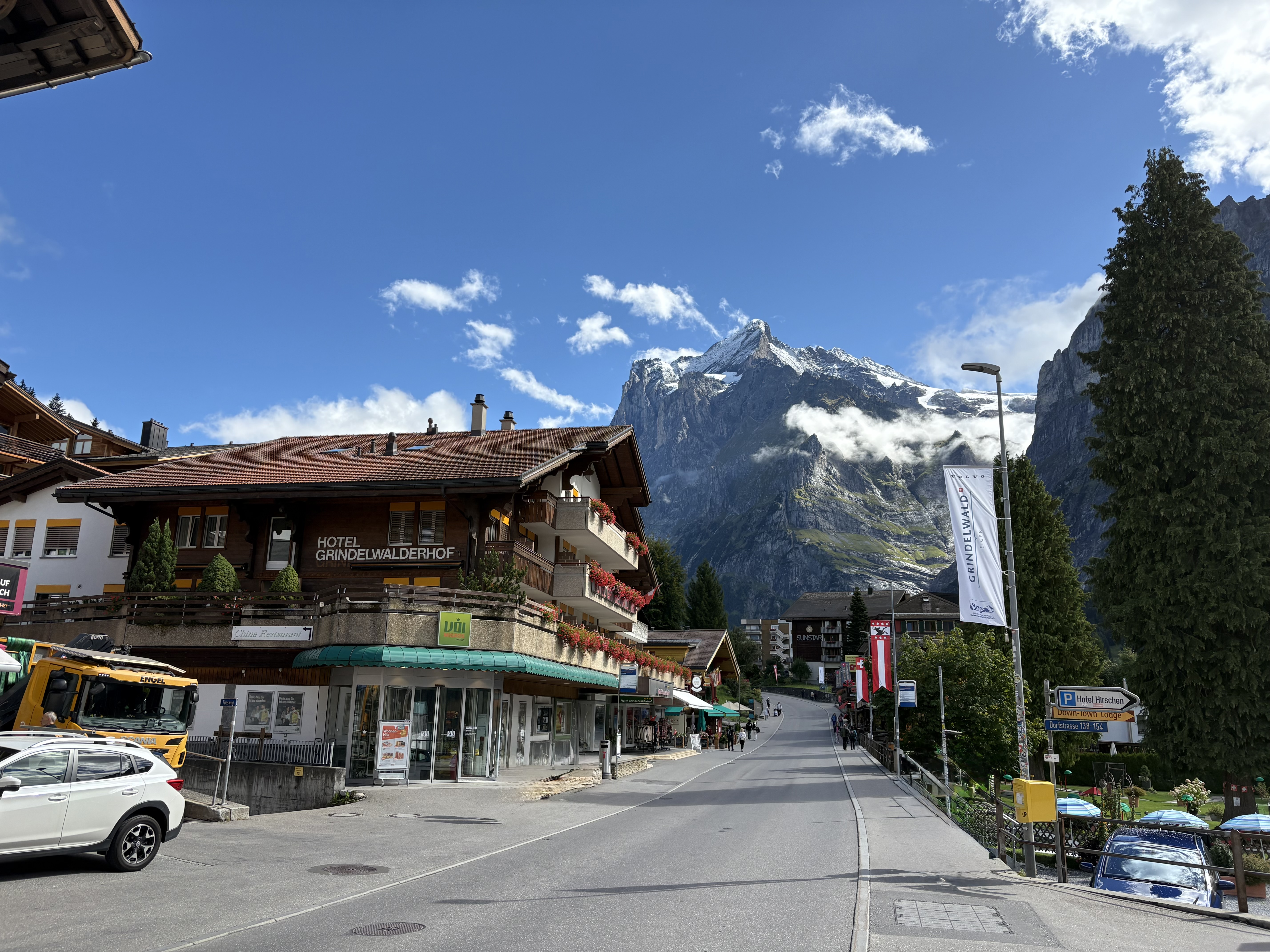 Grindelwald
Grindelwald
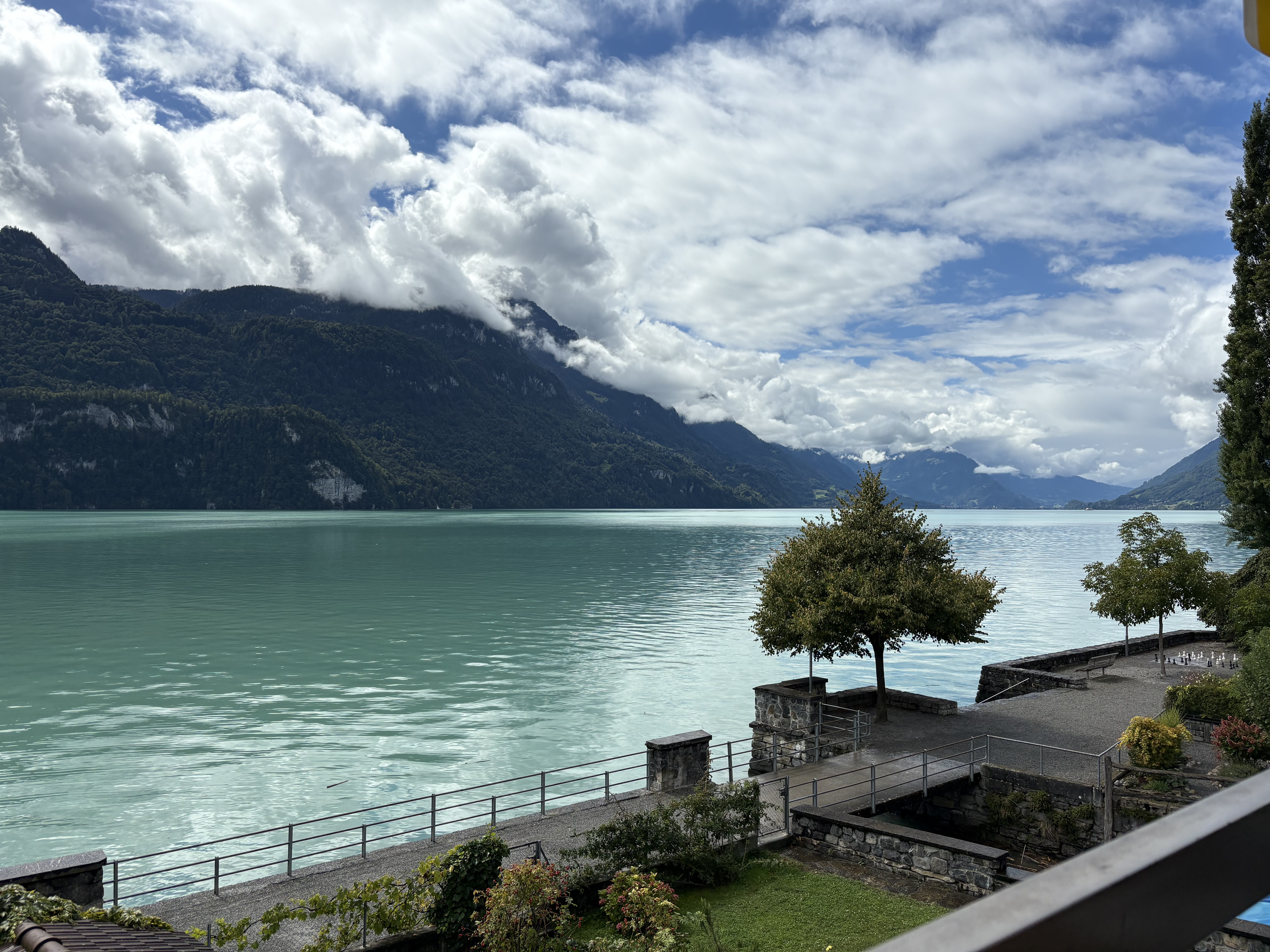 Lake Brienz
Lake Brienz
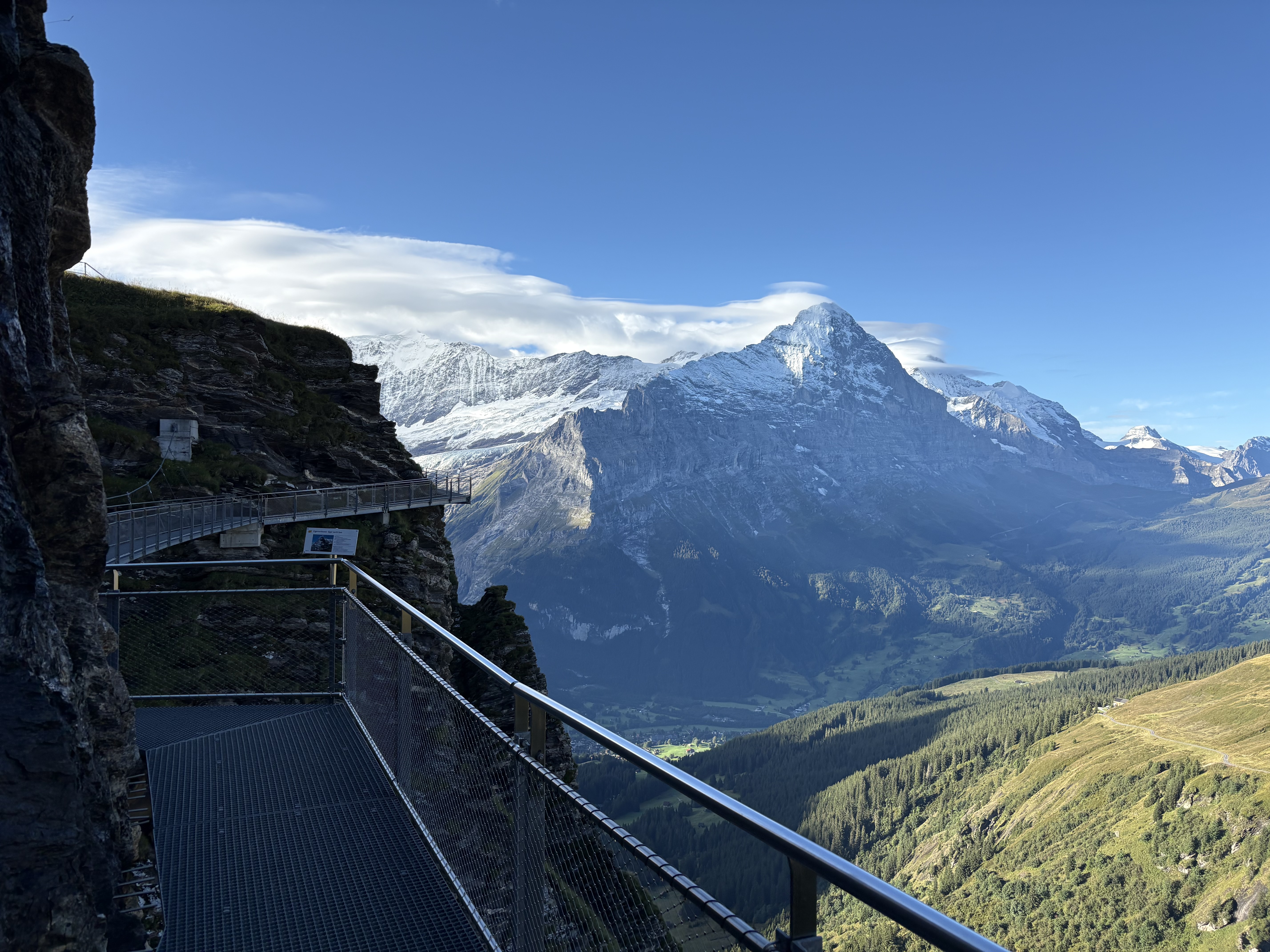 First Cliff Walk
First Cliff Walk

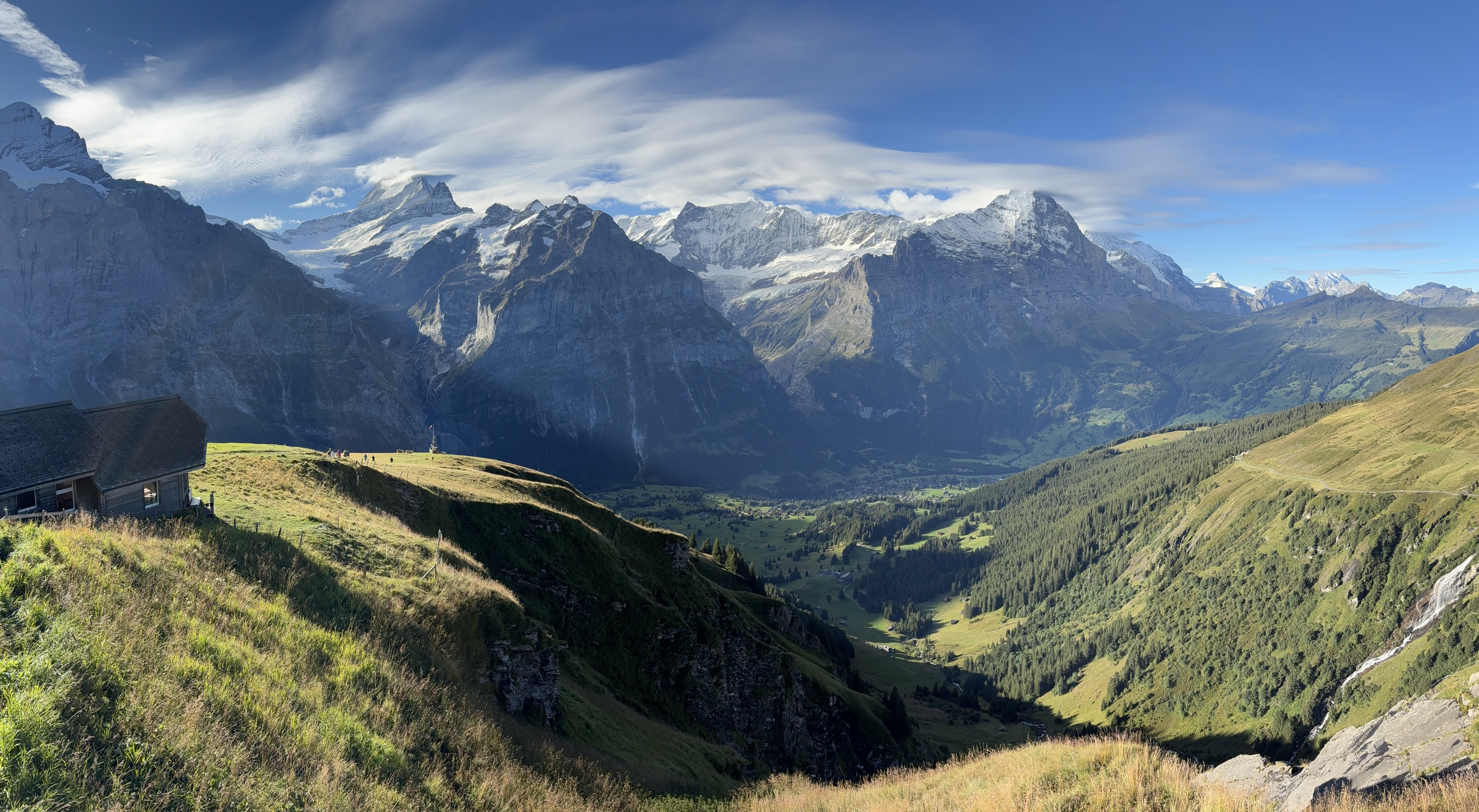 More views from the First
More views from the First
 Lake Bachalpsee
Lake Bachalpsee
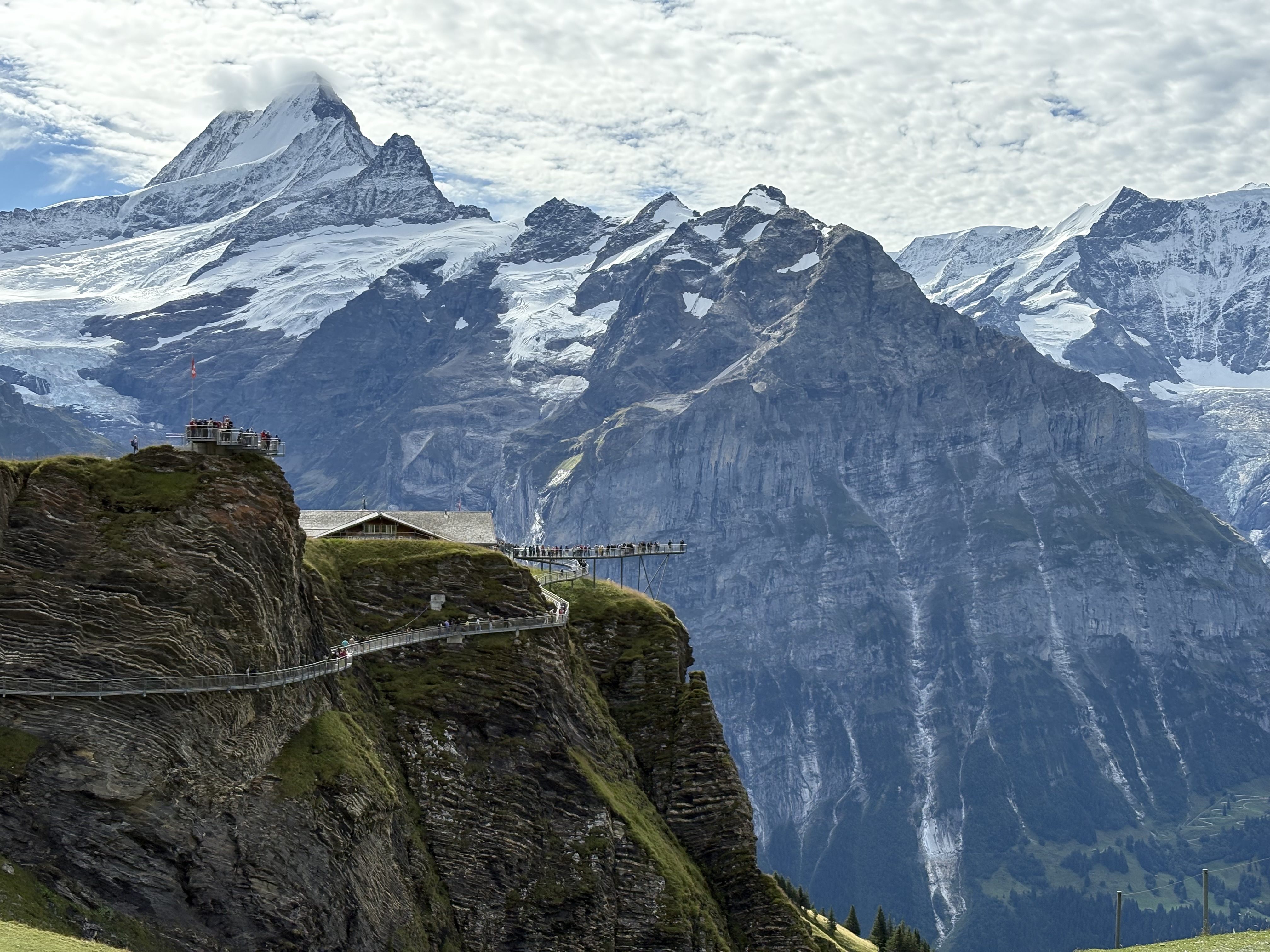 First Cliff Walk from afar
First Cliff Walk from afar
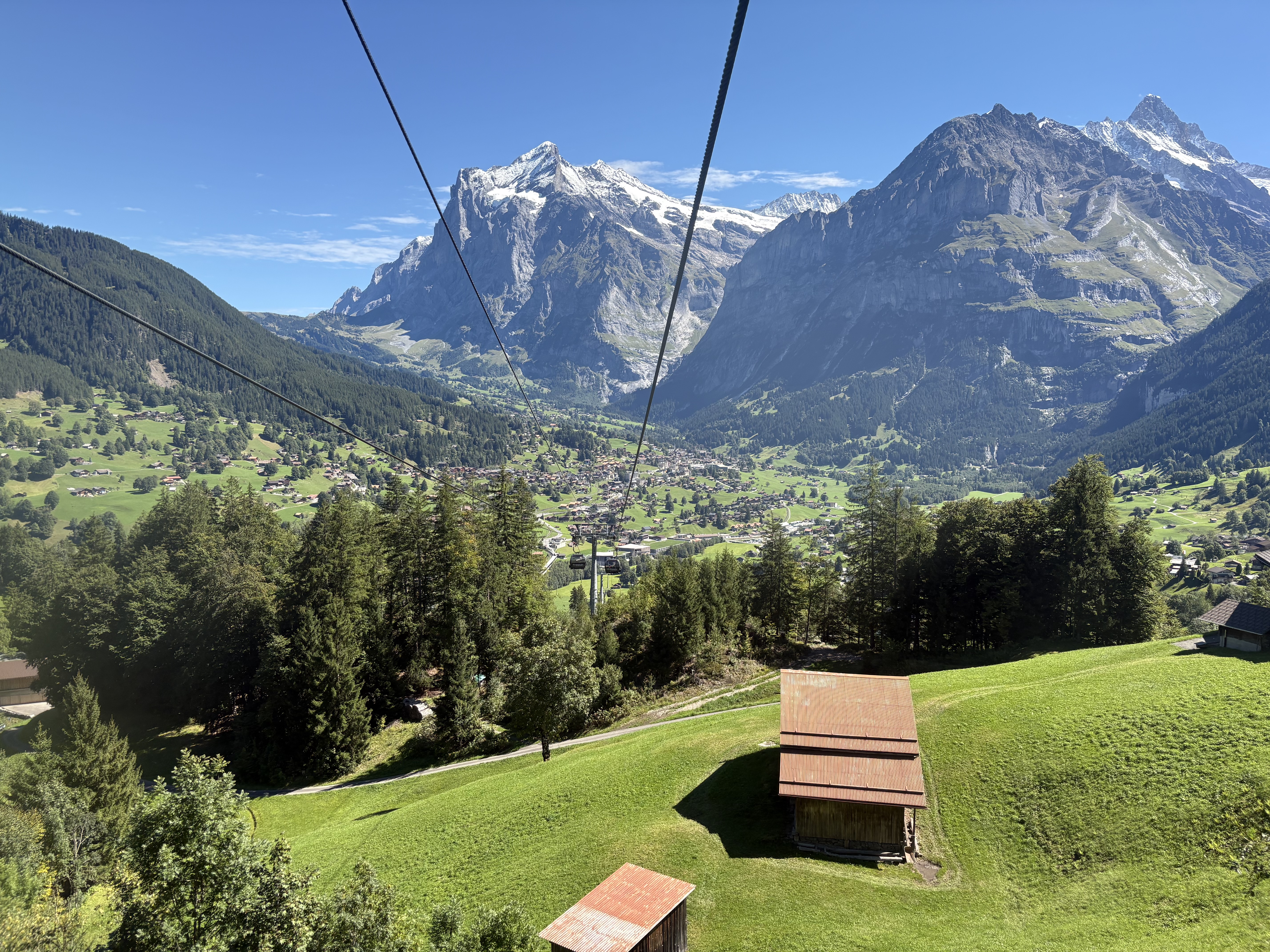 Grindelwald
Grindelwald
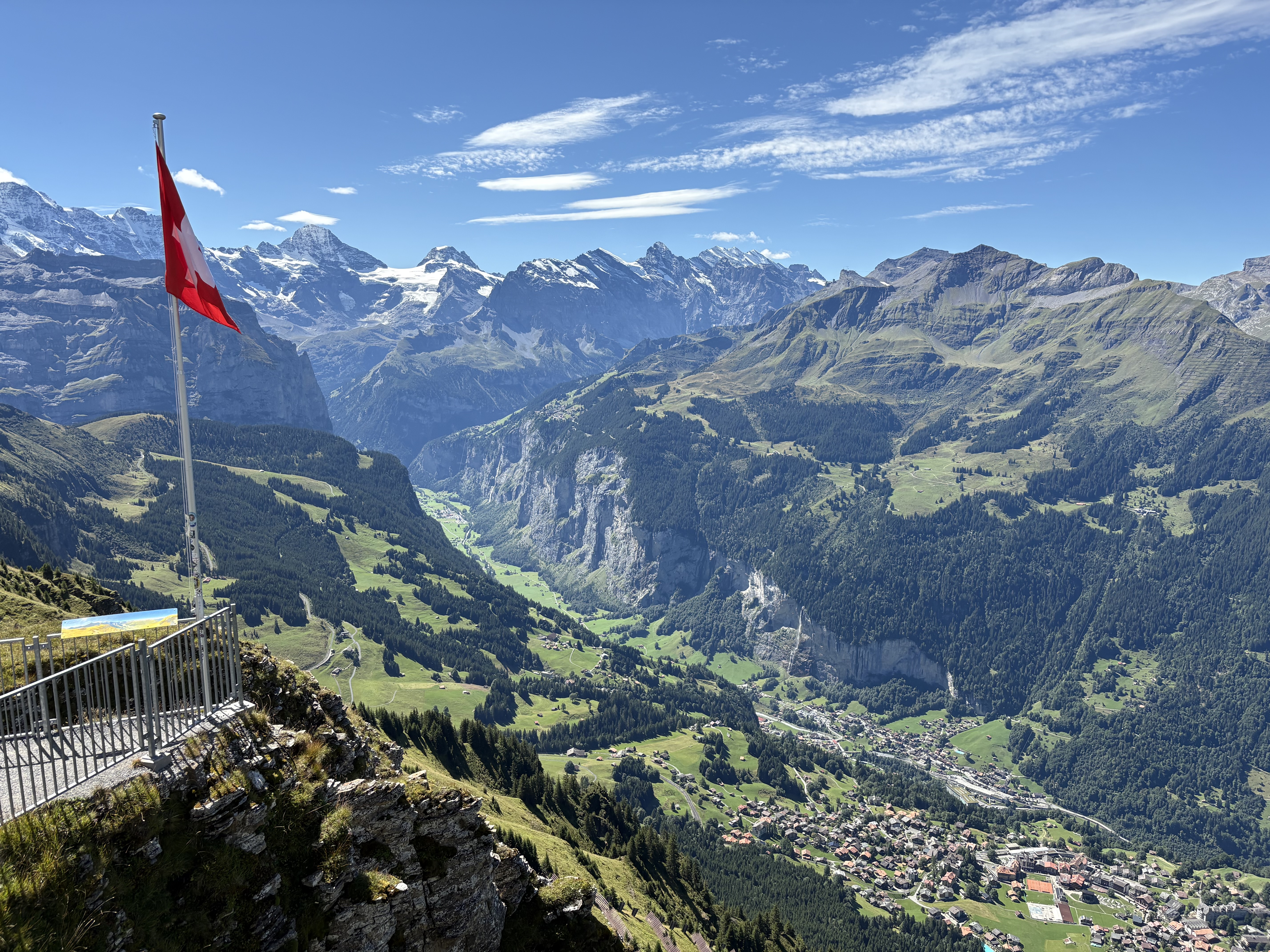 Lauterbrunnen Valley
Lauterbrunnen Valley
 Lauterbrunnen Valley
Lauterbrunnen Valley
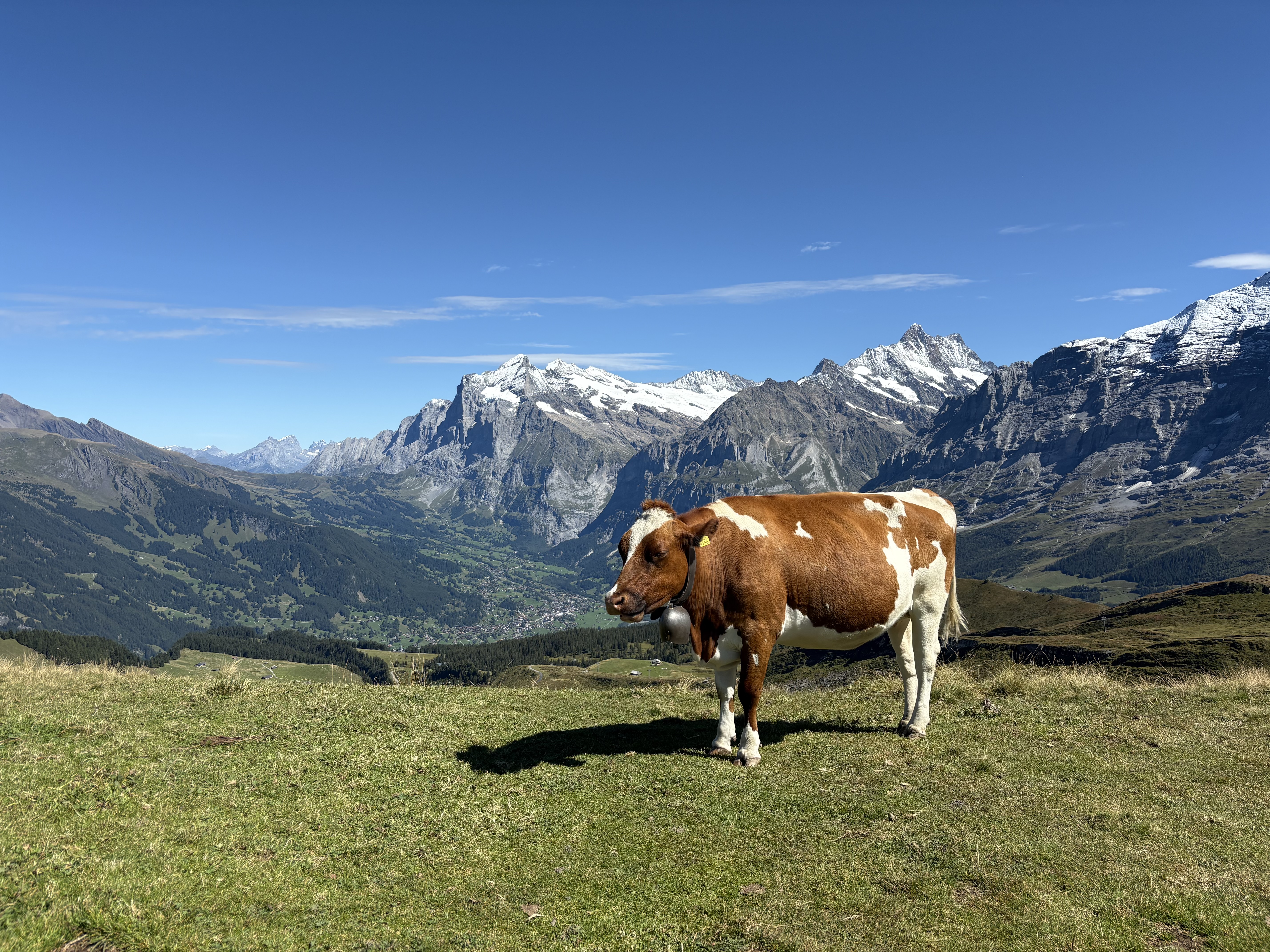 Swiss cow
Swiss cow
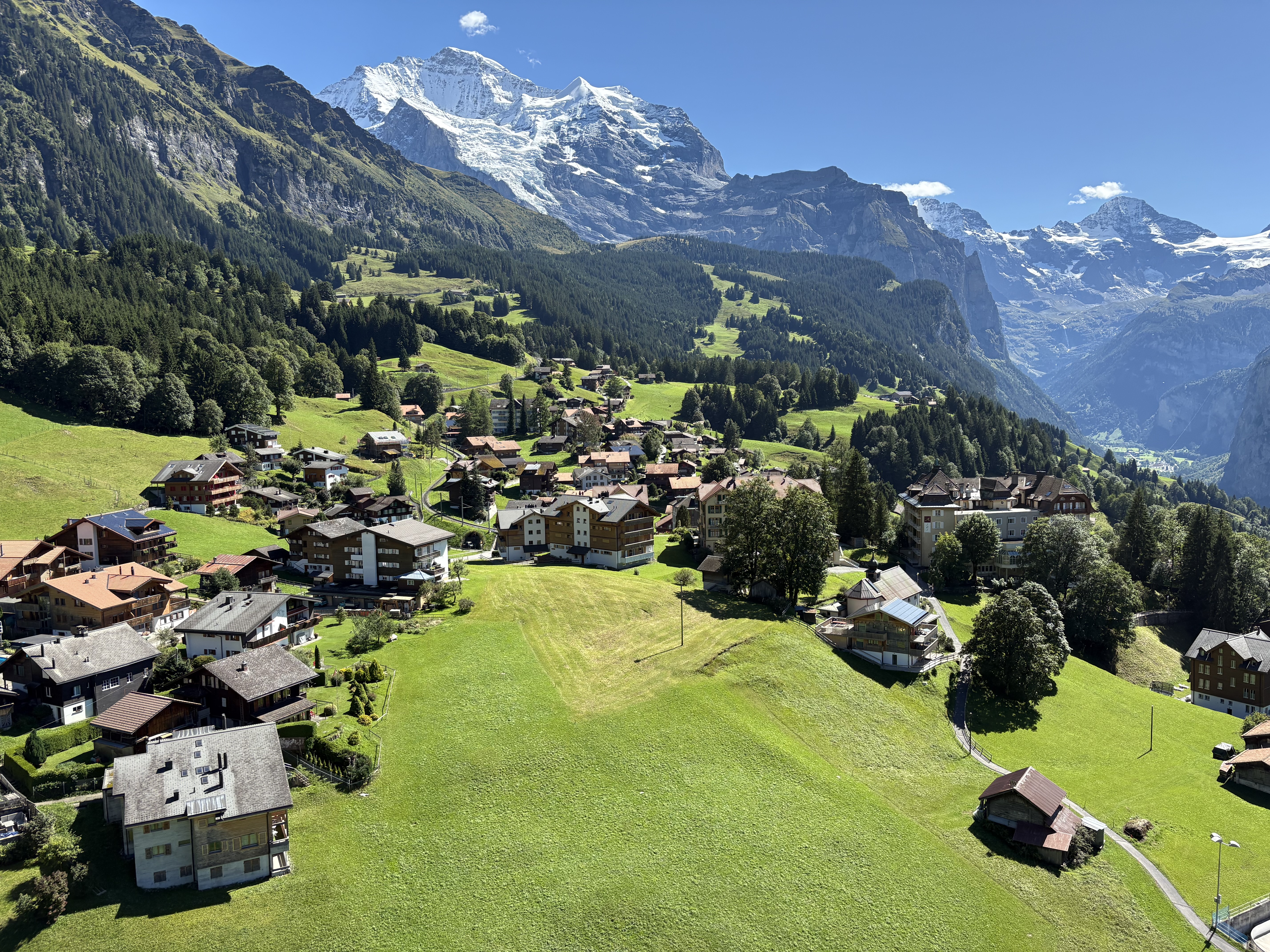 Wengen
Wengen
 View of the Jungfrau from our hotel in Wengen
View of the Jungfrau from our hotel in Wengen
 The Matterhorn in the morning
The Matterhorn in the morning
 The Matterhorn from the Five Lakes Trail
The Matterhorn from the Five Lakes Trail
Bikepacking - SnF reverse final thoughts
I’m really happy I opted for the “long and hard” route from Warm Lake instead of the more direct and “just hard” route that would have taken me past Deadwood Reservoir and then Placerville and Bogus, etc. This definitely felt like more of a “trip” instead of just a ride home with an overnight involved.
It was definitely hard and my body was starting to crack a little on the last day. But, I’m proud with how I fared and feel like I did pretty well without any real focused training. To be able to ride 70-90 miles four days in a row on shitty roads in remote areas with big climbs, a heavy bike, and pretty rustic camping conditions is, I think, an accomplishment I can be proud of even if I didn’t break any speed records.
I have two main goals or motivations for trips like these. The first is to see some beautiful country and be out in nature for days on end. To rough it a bit and pare things back to the essentials: riding, eating, sleeping. The second is to push myself and get a bit out of my comfort zone and to, perhaps, manufacture a bit of adventure in the process.
No way around it, this stuff is hard (at least for me). But I guess that’s the point.
Here are the trip totals:
- Distance: 312 miles
- Climbing: 20,200 feet
- Highest point: 8714 feet (day 2); 8712 feet (day 3)
Bikepacking - SnF reverse day 4
Day 4: Ice Springs Campground to home
I had set my alarm for five-something, but it was still pitch dark when I woke up and the moon was still out so I decided to sleep in a bit more. I got moving a little after 6:00 and made some coffee and oatmeal. I got packed up, filtered some water, and was rolling around 7:15.
I had ridden this exact section last year on the way home from my “Smoke and Fire in Paradise” trip to Atlanta and Trinity Lakes. So I knew what was ahead and honestly, wasn’t looking forward to it.
I made it to the Y Stop around 8:30 and I figured, correctly as it turned out, that they’d be closed. So no pick-me-ups there. I put on some Dinosaur Jr and did my best to get over the dusty climbs, making my way closer and closer to Boise. No doubt, there are some really scenic areas on this part of the route, but it’s open and hot and generally not my favorite place to be riding in August.
The last real challenge was the final little climb up to Bonneville Point, which is always a ball-breaker. I finally made it and decided to just ride the rocky singletrack to Lucky Peak rather than try to skirt around it on the Oregon Trail section like I did last year. Thankfully I made it without falling or getting bit by a rattlesnake. Ugh, that part is horrible.
I filled a couple bottles at the Lucky Peak park and braved the headwind on the greenbelt path next to the river and Highway 21. The greenbelt was closed, of course, by Marianne Williams park, just like it was a month or more ago. The detour sign was still there. And the follow-up detour signs to guide you through the labyrinth of paths toward downtown were also still not there. But I kind of knew how to do it so I felt my way through and ended up at Boise State. So it was autopilot after that.
I arrived at home right at 14:00, so I felt like I made pretty good time. I think it’s probably faster to go from Ice Springs to Boise than the other direction, but I haven’t really analyzed the difference. At any rate, I was pretty smoked and was happy to be home, but also sad my trip was over.
- Distance: 68.4 miles
- Climbing: 4308 feet
- Highest point: 5985 feet
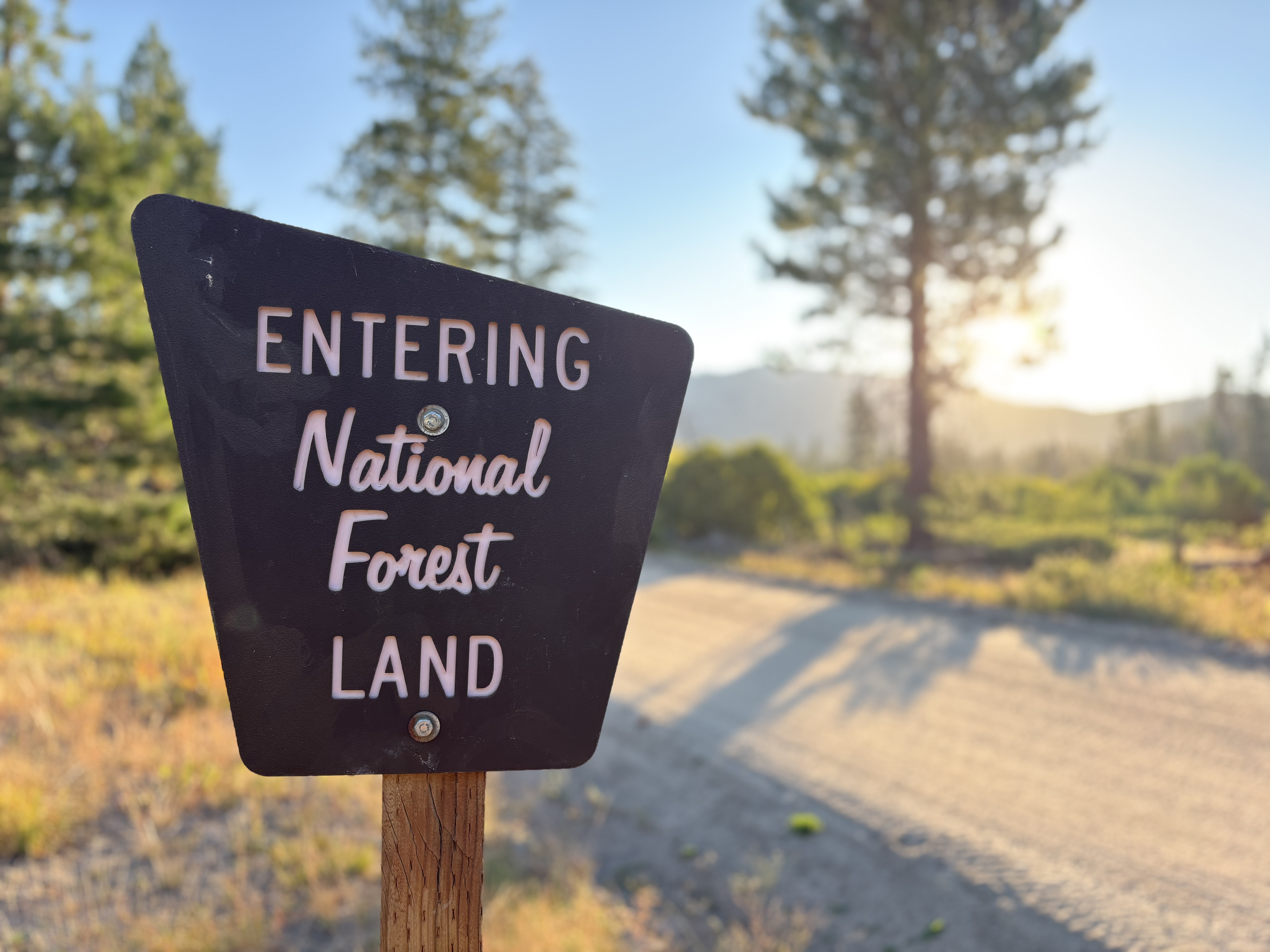 Thankful for our public lands
Thankful for our public lands
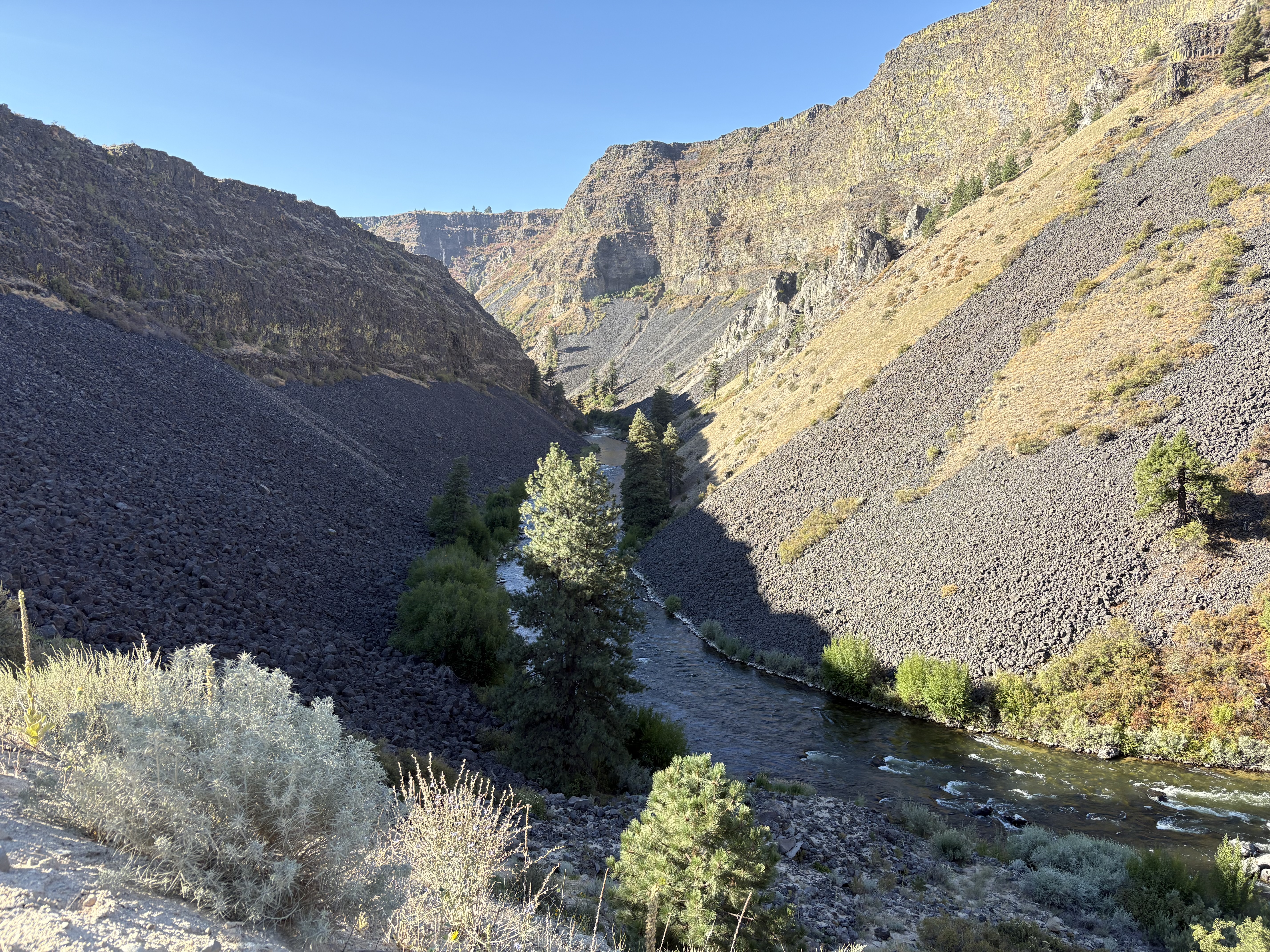 South Fork Boise River
South Fork Boise River
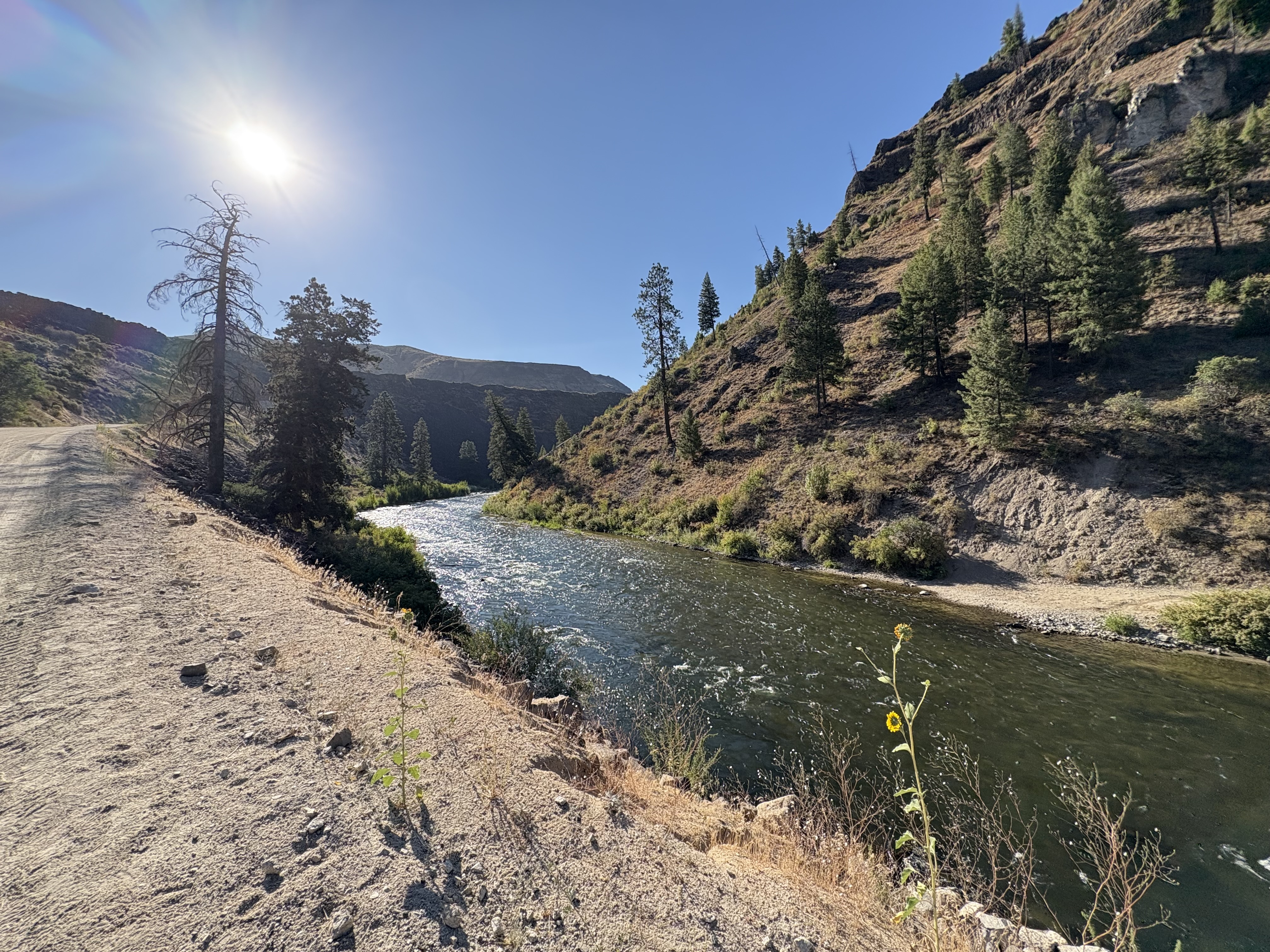 South Fork Boise River
South Fork Boise River
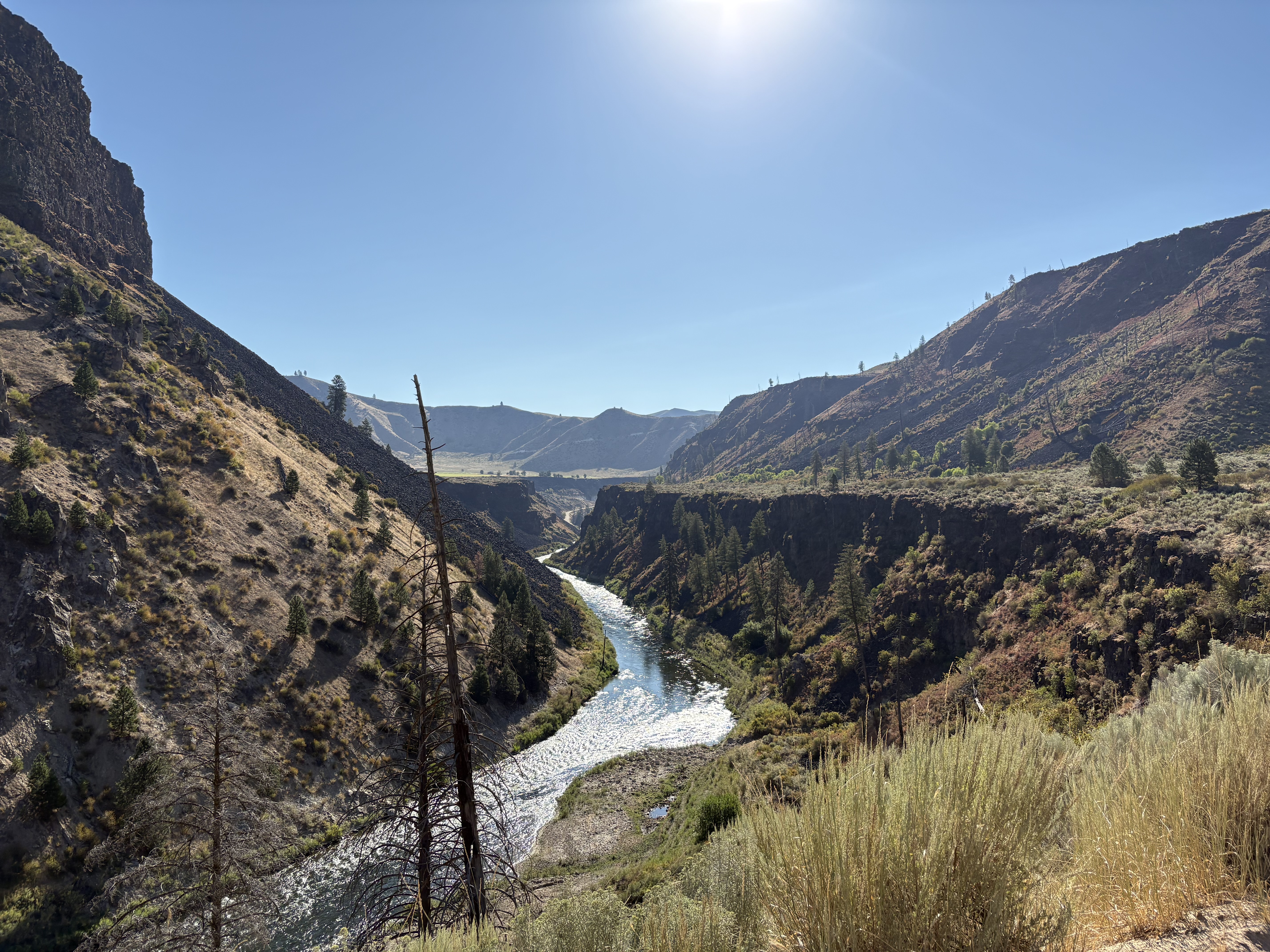 I take this same pic every time I’m here and it never gets old
I take this same pic every time I’m here and it never gets old